American B-52H bombers flew another global power sortie all the way from the United States to the Middle East and back, this time traversing Israeli airspace on their journey. During their time over Israel, they were met by a quartet of F-15A/B/C/D “Baz” (Falcon) fighters. Two of these aircraft appear to be equipped with quite an interesting weapons configuration. Instead of the latest and greatest air-to-air missiles the IAF has to offer, they are seen flying with dated ones, and probably for good reason.
The story of Israel’s F-15A-D Eagles is a very different one than that of their American counterparts. Early on, the IAF adapted their most capable air superiority fighter into a long-range strike platform. Since then, the service has continued to morph the Baz fleet into something that’s all its own. Today, these are truly multi-role aircraft and they are treated as prizes by the IAF even many decades after the type first entered service. You can read all about the Baz fleet’s fascinating past in this previous feature of mine. In fact, the IAF continues to get second-hand, well-used examples from the United States and carefully rebuilds them and deeply upgrades them into indispensable national assets, some of which get loaded with the best networking capabilities the force has to offer.

So, don’t think of these aircraft like their American cousins with their ‘not a pound for air-to-ground’ operating mindset. At the same time, they are still F-15A-D Eagles at their heart, so they are ruthlessly capable in the air-to-air domain, and like in the U.S., these aircraft still stand alert to protect Israel’s airspace.

I believe the two armed Bazs we are seeing in these images are in fact alert aircraft that incorporated the B-52 air escort duties into their aerial patrol. This is just conjecture, but based on their loadout it makes sense. They armed-up with missiles and Elta-8222 self-protection electronic warfare pods—largely known as the best of its kind in the world, just ask the U.S. aggressors who fly with them on their adversary jets or countries who have tacked them on to far inferior aircraft that turn into something else entirely with their help. You can read all about this reality here.
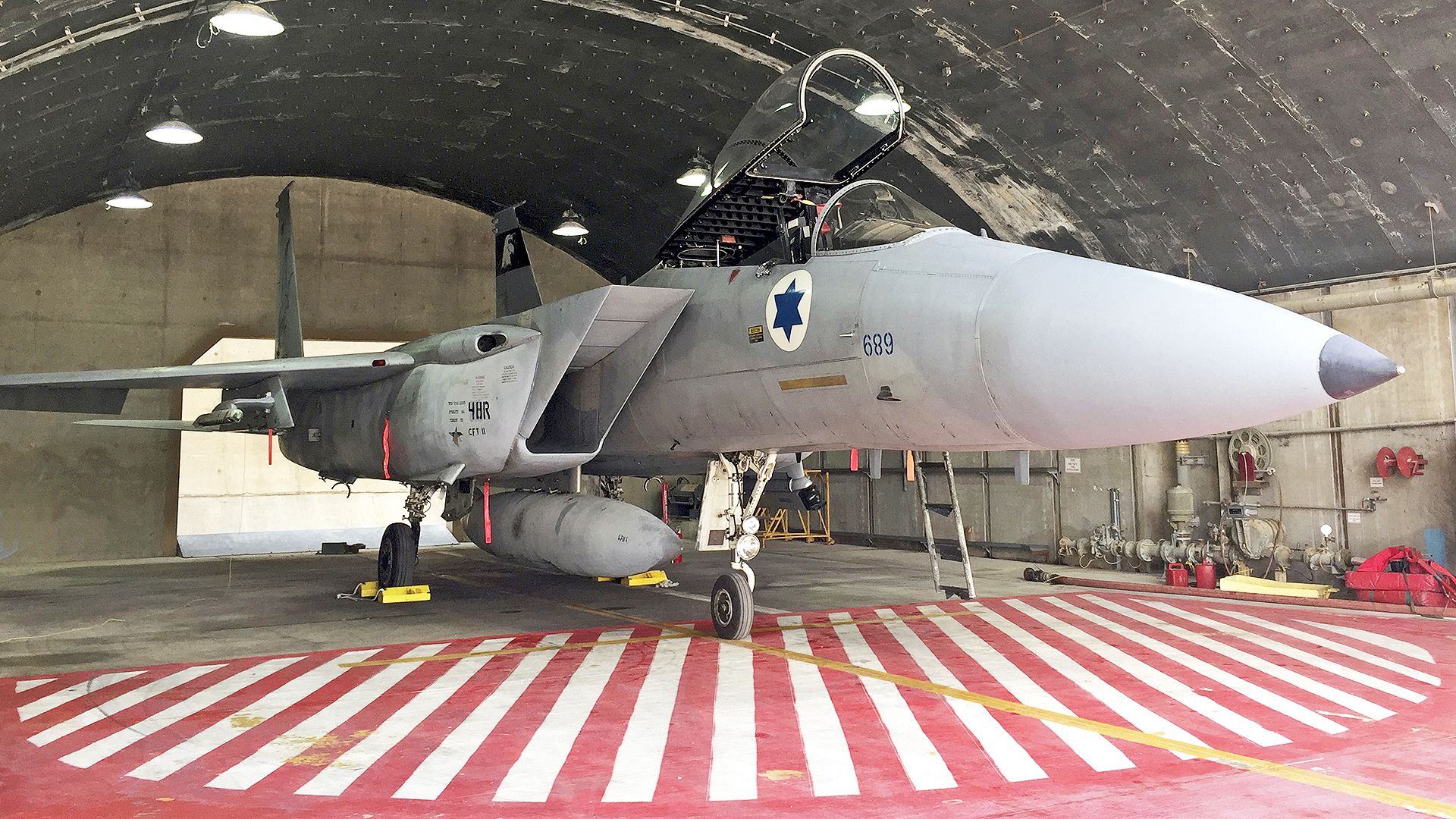
In another difference with U.S. F-15C/D Eagles, all of the Bazs are seen flying without external fuel tanks. Instead they are wearing conformal fuel tanks, otherwise known as fast packs, that the IAF adopted early on and has kept as standard gear long after a portion of U.S. F-15C/Ds stopped using them. In recent years, there was an initiative to bring them back to USAF F-15C/Ds, but that has been put on hold now that the F-15C/D fleet will be replaced with the vastly superior F-15EX—an aircraft that comes with conformal fuel tanks from the factory. This makes some sense as Israel is a tiny country—it’s roughly the size of Vermont—but it is located in a tumultuous area of the world and has plenty of enemies, including non-state actors with increasingly capable arsenals. So, no need for a ton of gas, especially considering the F-15 already benefits from a relatively long combat radius, and the fast packs provide more range without as big of a penalty as external tanks.
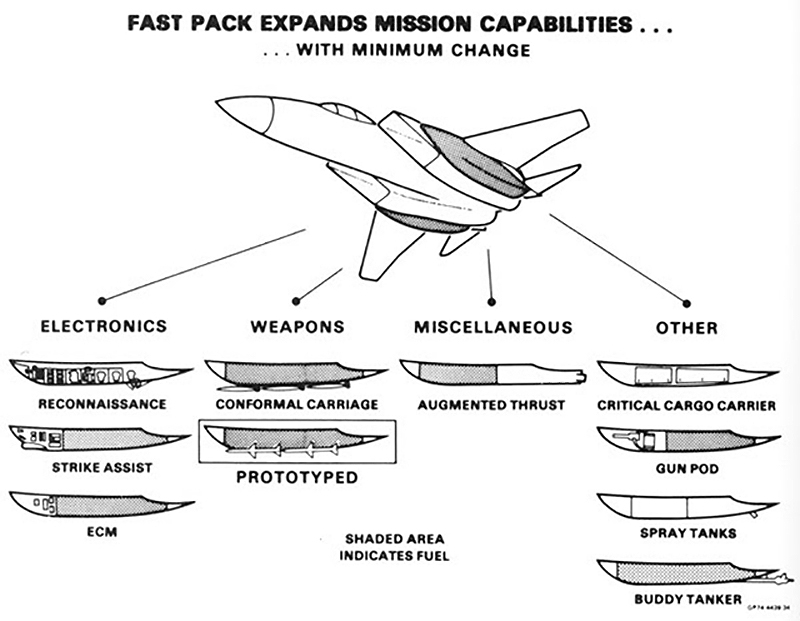
The Bazs’ missile loadouts are what’s most interesting. Most notably, we see AIM-7 Sparrows instead of AIM-120 ARAAMs mounted on their conformal fuel tanks. The semi-active radar homing Sparrow is still in use among a dwindling number of air arms. For instance, Egypt and Iraq have to use it with their advanced F-16s due to hardline export restrictions. The active radar homing AIM-120 simply is not an option. Even the U.S. Navy still has some of them in its inventory, but the AIM-120 is far superior to its predecessor in almost every way—almost.
While the AIM-120 has superior range, is far more flexible overall, better allows for fighters to engage multiple targets at once, and has a true fire-and-forget capability—you can read all about the realities of these capabilities here and here—the Sparrow has a warhead that is double the size. Although there are other aspects of a missile’s endgame performance that dictates the destruction it can potentially wreak on a target, including fusing, accuracy, and endgame kinetic energy, the AIM-7 gives off a much bigger bang.
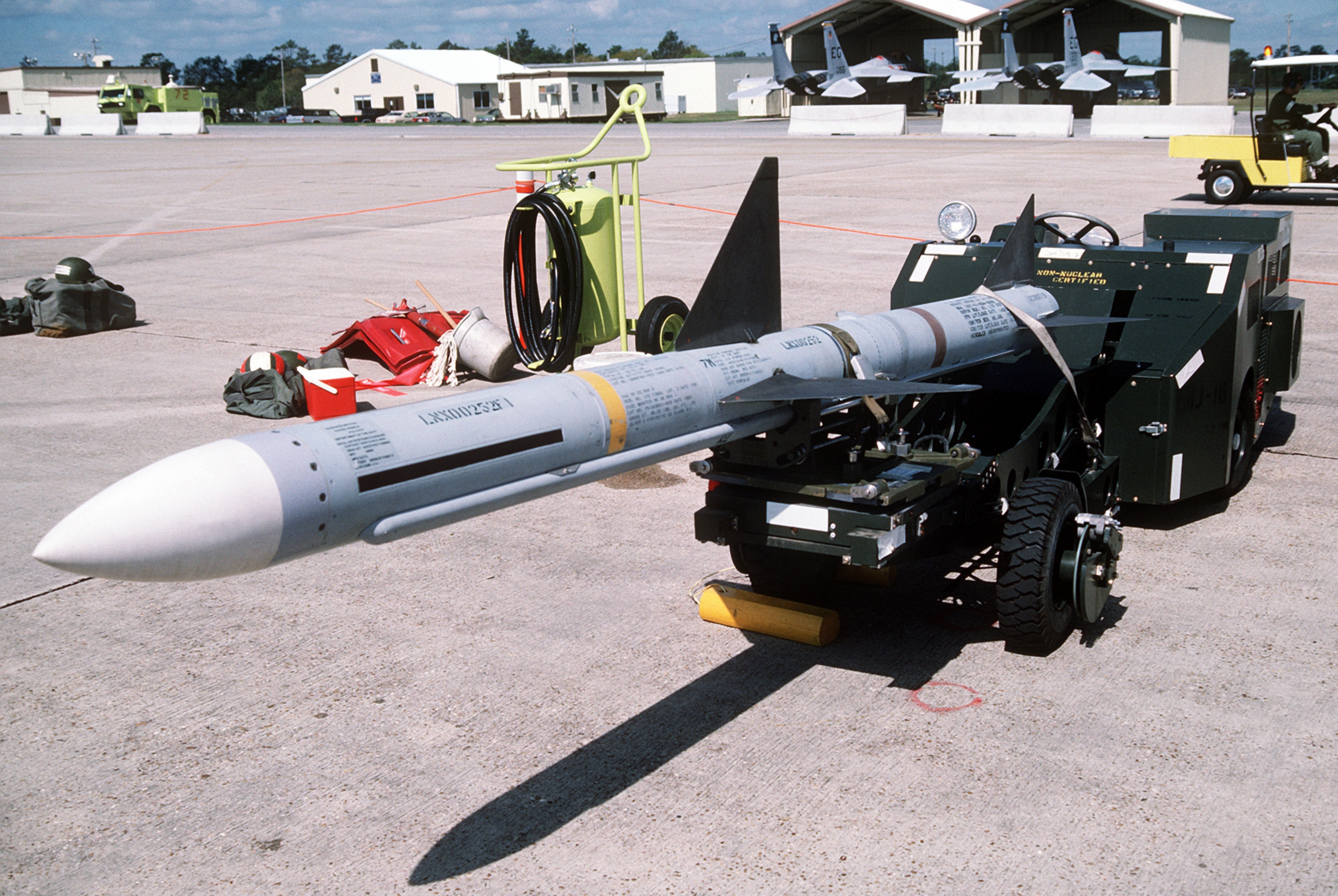
Although we have never gotten an actual explanation of this, apparently there are very
unique circumstances in which the AIM-7 may even be preferred over the AIM-120. Once again, these are very particular situations with certain targets and engagement parameters and we have been told in the past they really don’t apply themselves to the vast majority of air-to-air combat. So, we cannot say exactly what these circumstances are, but apparently, they do exist.
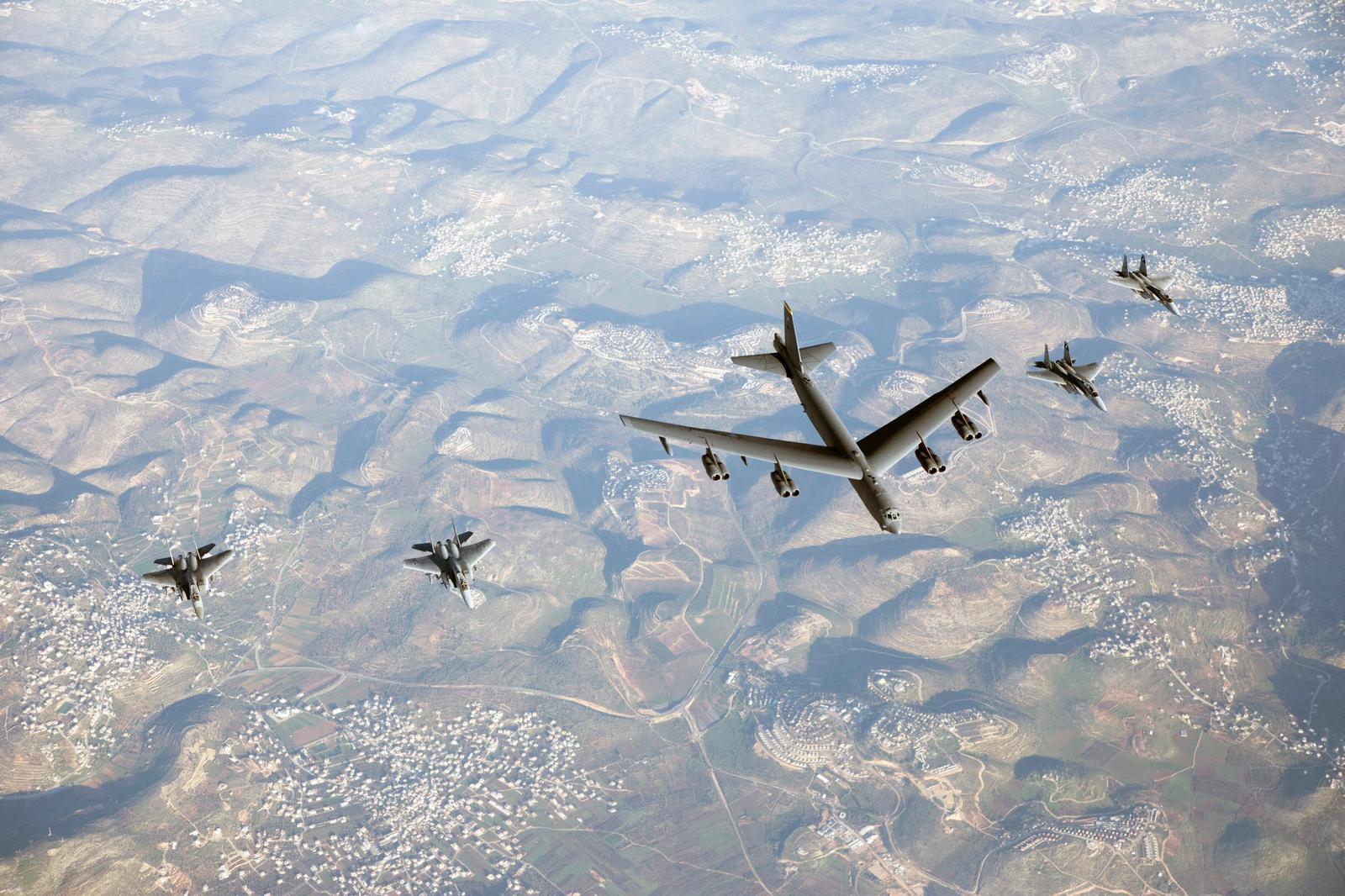
Regardless, for the homeland defense role, the Sparrow may be good enough. During peacetime, beyond-visual-range engagement of an aerial target is unlikely. Visual identification or other conclusive intelligence would be necessary before that would occur. For threats like cruise missiles, Israel has the most capable multi-tier air defense system on earth, something a place like the United States lacks almost entirely (outside of the Washington, D.C. area). So, when you take this into account, and Israel’s tiny geographical size, the AIM-120’s capabilities are really not essential. Furthermore, the AIM-7’s bigger warhead may be preferable when it comes to taking down large targets, like hijacked airliners, or very small targets, like say drones that Iranian-backed Hezbollah is known to possess and use. Semi-active homing used by the Sparrow, where it homes in on the reflected radar energy from the F-15’s powerful radar, may even be advantageous for these types of engagements, we just don’t know.
Finally, we have to address the possibility that there is some type of fitment issue with the AIM-120 and the IAF’s conformal fuel tanks. It is certainly possible but seems unlikely. Newer conformal fuel tanks can accommodate the AIM-120 without issue and, historically, Israel hardly lets such issues dictate the capabilities of its aircraft. They have the ability to modify these tanks—I believe they produce them indigenously—so that possibility seems a bit reaching, but we just don’t know.

Beyond all that, these are older missiles, so using their flight time up could be preferential, especially if their capabilities are more than what is needed, instead of using newer stocks of AIM-120s for the mission, the newest of which cost over $1M apiece and would be critically important during a time of war for the IAF.
The two Bazs are also carrying older indigenous Python 3 short-range air-to-air missiles as well as Python 4/5s on their underwing stations. The missiles are of two generations, with the Python 3 being very loosely akin to the AIM-9L/M Sidewinder and the Python 4/5 being much like the AIM-9X. Both remain capable, but the Python 4/5 is far more advanced. Once again, there may be some targets in which the Python 3 offers very narrow advantages, especially in terms of infrared sensor tech and counter-countermeasures support, over its newer stablemates. As we mentioned earlier, drones are a growing threat to Israeli airspace. They are hard to engage, so having both types of missiles maybe add flexibility for Baz pilots. Also, maxing-out the flight time on old stocks is relevant here, too.
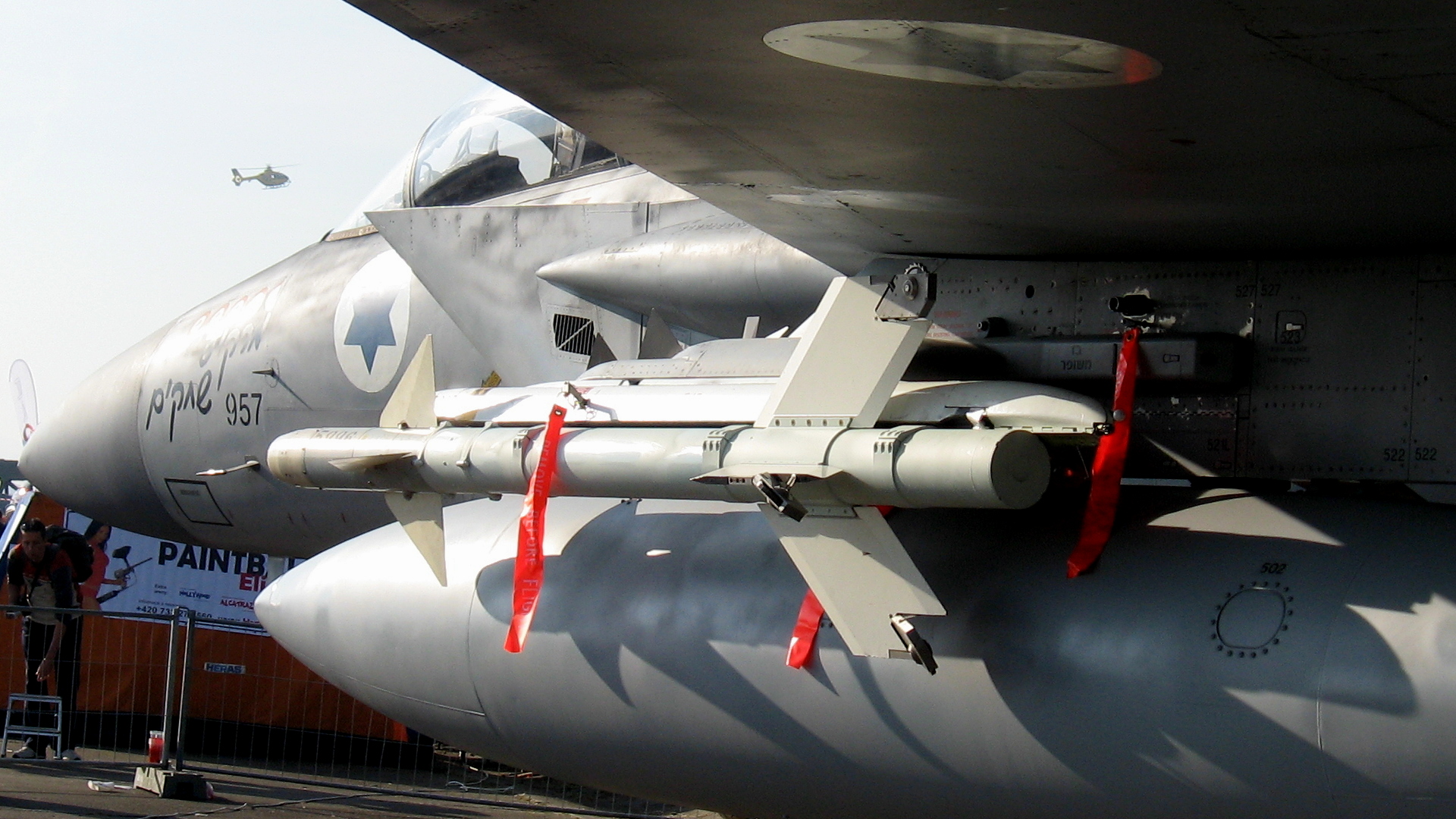
We don’t know what is hanging on the other side of the Bazs in the picture. It is possible their wing station may hold a different configuration and, usually, one beyond-visual-range air-to-air missile is mounted behind the jamming pod. This could very well be an AIM-120, offering the best mix of what the IAF has to offer all in one loadout.
If anything else, these images are a reminder that when it comes to military operations, Israel has its own way of doing things, and usually it is pretty damn logical bordering on brilliant. Regardless, it is great to see the IAF’s Bazs looking as eclectic as possible, sporting some old-school weaponry alongside a very old school American bomber.
Contact the author: Tyler@thedrive.com
